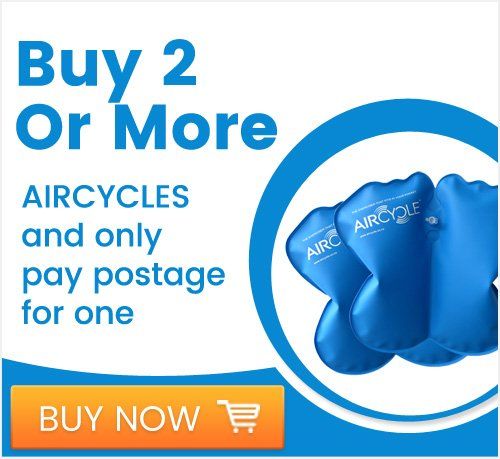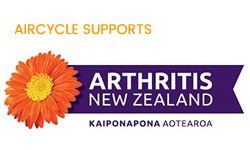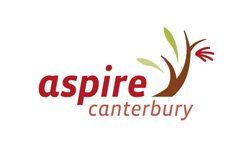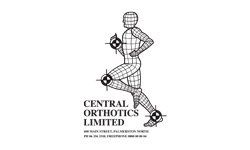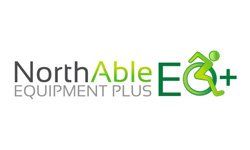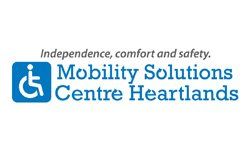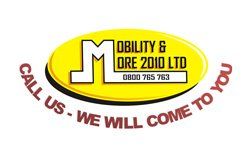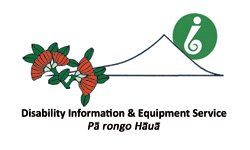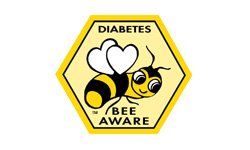
We Ship Worldwide
Credit Card orders from all countries accepted by phone 0800 14 14 15
Rehabilitation
Aircycle is ideal for stroke rehabilitation
Stroke causes long-term disability in many sufferers. One of the key deciders in how someone is affected physically in the months and years after their stroke is the presence of early physical rehabilitation.
This rehabilitation usually begins at the hospital immediately after the stroke and, depending on the severity of the attack, can be continued long after the patient returns home or moves into long-term care.
Be empowered with self-managed rehabilitation
The beauty of the Aircycle is that it is easy to use especially for people who have issues with other exercise that requires a degree of mobility. Even if you are restricted to being seated most of the time you can still get huge benefits from using the Aircycle and this is why it is particularly valuable for stroke sufferers.
Without assistance you can work to strengthen muscles, improve blood circulation and your overall health from a seated position without the difficulty of weight bearing exercise.
What muscles am I working and how can that help with walking and balance?
The treadle or pumping action when you use the Aircycle requires ankle flexion and extension. This movement is activated by the muscles of your lower leg; the calf muscles do the extension and one on the front of your lower leg dorsi flexes the ankle i.e. pulls your toes up.
You can easily feel this muscle working. If you are sitting, simply reach down and place your fingers close to your shin bone. Pull your toes up and tap the ground a few times and you will feel it contracting and relaxing.
This muscle is called tibialus anterior as it runs up the front (anterior) of your tibia or shin bone. It is worth a special mention because it is very important in creating a safe and efficient walking gait. If your tibialus anterior muscle is not working well you will not be able to pick up your toes and execute a heel-to-toe movement as you walk.
If your toes are not clearing the ground sufficiently you run the increased risk of stumbling and falling. An event to be avoided at all cost!
Keeping ankle and wrist joints as mobile as possible.
In a joint, bones do not directly contact each other. They are cushioned by cartilage lining the joints, synovial membranes around the joint and a lubricating fluid inside the joints called synovial fluid.
With age, joint movement becomes stiffer and less flexible because the amount of lubricating fluid inside your joints decreases and the cartilage becomes thinner. Ligaments also tend to shorten and lose some flexibility, making joints feel stiff.
Many of these age-related changes to joints are caused by lack of exercise and this is where the Aircyle can help enormously. Movement of the joint, when you perform the pumping or treadle action in either your feet (ankles) or hands (wrists) and the associated ‘stress’ of movement, helps keep the fluid moving. Conversely being inactive causes the cartilage to shrink and stiffen, reducing joint mobility still further.
